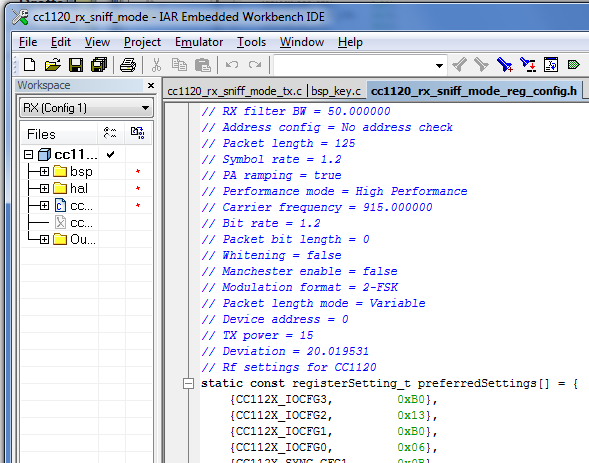Hello,
We have a design with two hardware revisions both battery oprerated, the first design is able to recive a packet in sniff mode while the second is unable to...
the first - has CC1120+MSP430 without TPS62730 and with small capacitors (~36 pF) and using FR4 135 PCB
the second - has CC1120+MSP430 with TPS62730(in bypass mode) and with bigger capacitors (~400 pF) and using FR4 170 PCB
the battery we are using are two units of AA.
Any idea's why is the second design unable to recive packet in sniff mode? (every things else seems to be working, regular RX is also working)
Regards,
Yaniv





